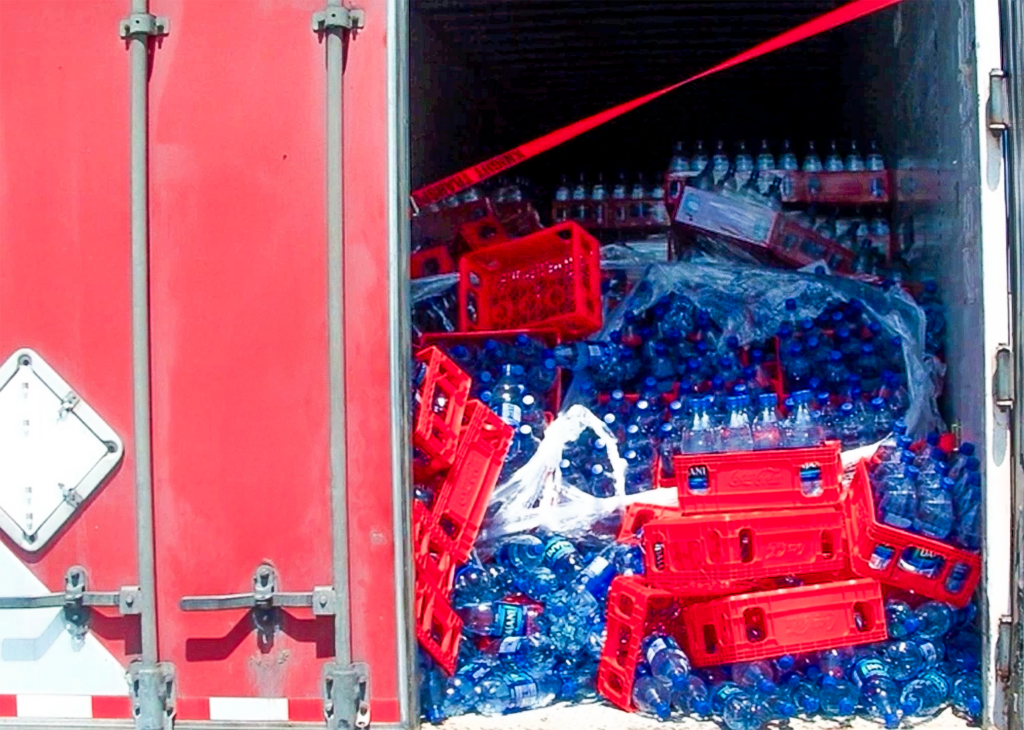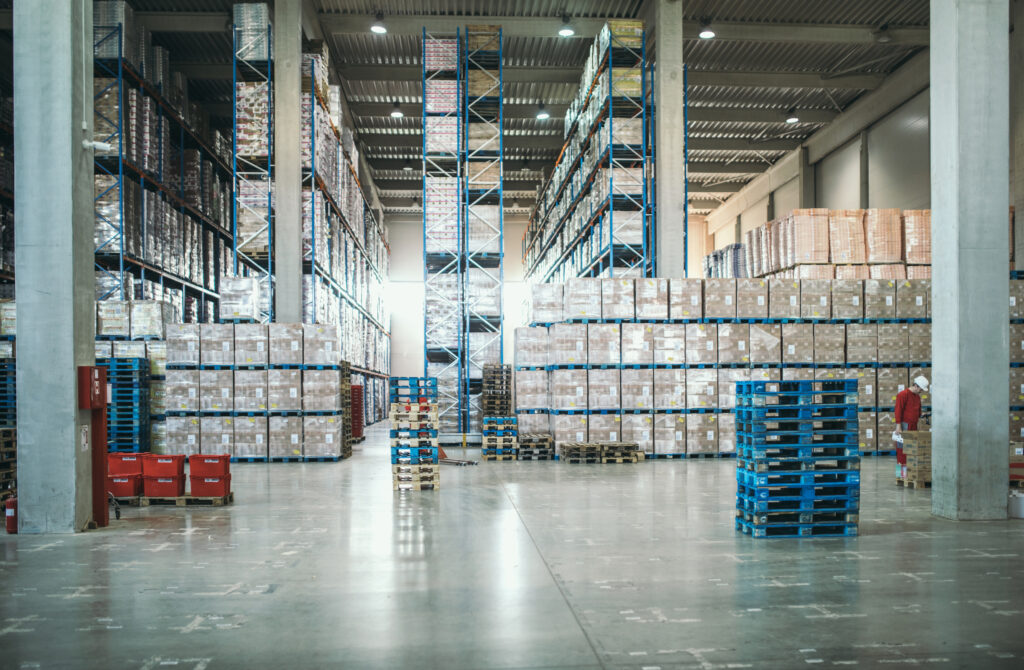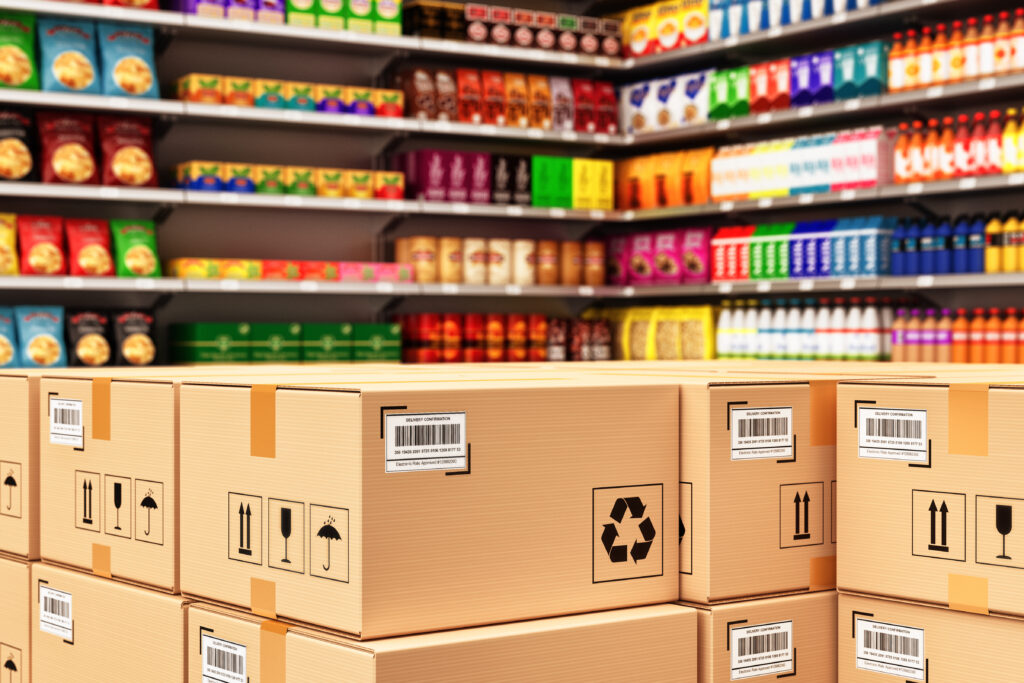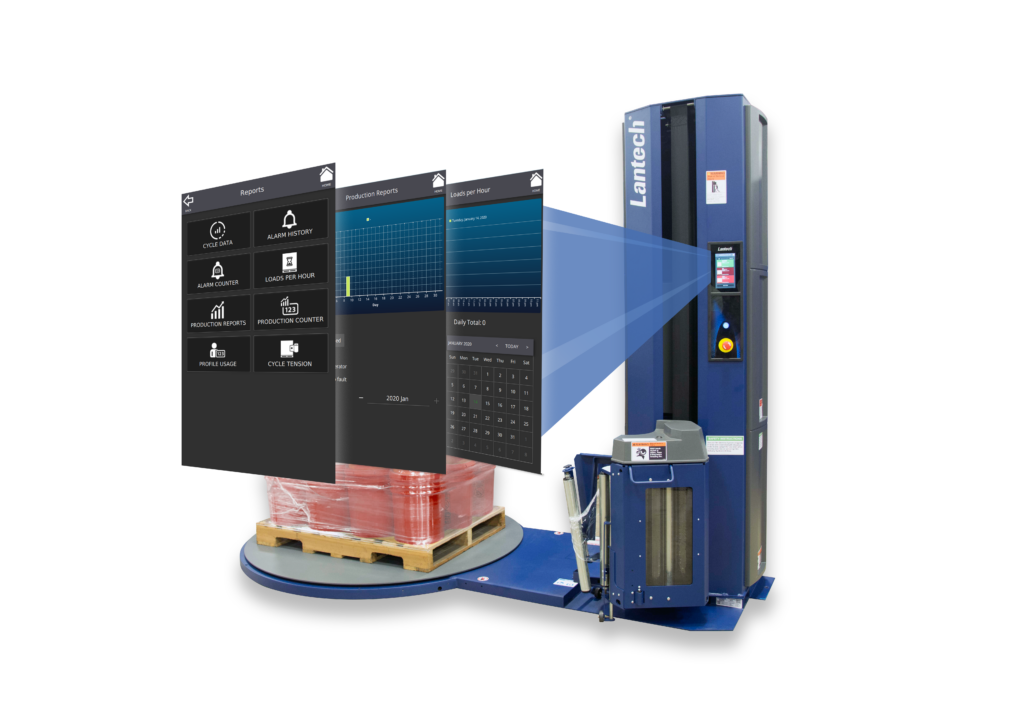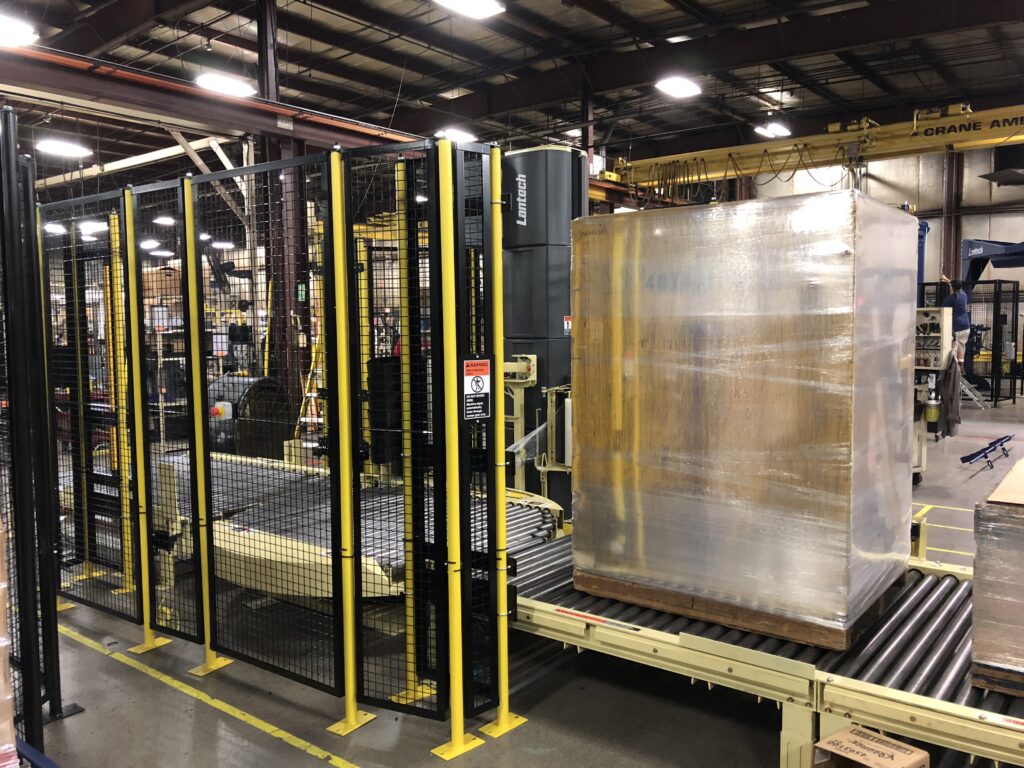This guide is essential for exporters, logistics managers, and anyone involved in shipping pallets internationally. Covering topics from international shipping pallet requirements to packing techniques, labeling, and optimizing for transportation, this article provides actionable insights for ensuring that palletized loads are secure, compliant, and ready for international transport.
Pallet Requirements for International Shipments
Understanding pallet requirements for export is crucial to avoid delays and meet compliance standards across borders. Some key international shipping pallet requirements include:
- ISPM-15 Certification: Pallets should meet ISPM-15 standards, which require wood to be heat-treated or fumigated to prevent pest transmission.
- Material Choice: Plastic and metal pallets may be preferred for international pallet shipping as they don’t require fumigation, unlike untreated wooden pallets.
- Size Standards: European and U.S. pallets differ in dimensions, so it’s important to ensure that pallets fit the destination’s standard pallet racks and handling equipment.
- Weight Capacity: Each pallet must support the weight of the load and be compatible with forklifts or pallet jacks.
- Stability: Pallets should be structurally sound and free from damage to prevent accidents during handling.
These export pallet requirements ensure that shipments meet regulations and minimize risks during transit.
Choosing Pallets for International Shipping
When choosing pallets for international shipping, several factors influence the selection, from load type to transport mode and environmental conditions.
Selecting Based on Load Type
The weight and fragility of the items being shipped dictate the pallet’s strength and material. Heavy items may require reinforced wood or metal pallets, while lighter goods can be safely shipped on plastic pallets. Fragile items benefit from added stability and protective measures like stretch film applied by a stretch wrapping machine to prevent shifting. These needs are often met by Packaging Machines for Healthcare.
Selecting Based on Transport Mode
Different transport methods impose specific demands on pallets. For sea transport, durability is essential due to exposure to moisture and movement. For air freight, lightweight pallets minimize costs, so plastic or lightwood pallets are optimal. Turntable stretch wrappers and automatic pallet wrappers ensure stability for goods across all transport modes.
Selecting Based on Environmental Conditions
Climate conditions, such as extreme heat or cold, can impact pallet materials. In humid conditions, plastic pallets are preferable to avoid wood warping. For extra protection, automatic stretch wrapping machines secure loads tightly with stretch film, protecting against moisture and external elements.
Shipping Pallets Internationally
Shipping pallets internationally involves common risks, and being prepared helps prevent costly issues.
- Damage: Shifting during transit can lead to damaged goods. Secure loads with stretch wrap machines..
- Customs Delays: Non-compliance with international pallet shipping requirements can lead to customs holds.
- Contamination: Without proper wrapping, pallets are exposed to moisture, pests, and contaminants, especially during sea transit.
- Labeling Errors: Incorrect labels can cause delays or misdeliveries, affecting customer satisfaction.
Proper Packing Techniques
Proper packing is essential for international pallet shipping to protect goods during transit.
Packing by Product Type
Heavy or fragile items should be packed at the center of the pallet to distribute weight evenly. Use automatic or semi-automatic stretch wrapping for added stability, applying the appropriate containment force with stretch film to ensure goods stay in place. Lighter items can be packed on top to prevent crushing.
Packing by Transport Mode
For air freight, minimizing weight is key, so use lightweight but secure materials. For sea freight, additional protective layers are necessary to prevent damage from moisture and movement, with semi-automatic or automatic stretch wrappers securing the film tightly around the load.
Packing by Environmental Conditions
For shipments exposed to humidity or extreme temperatures, waterproof and UV-resistant stretch film helps shield products. Automated stretch wrapper machines apply film in a consistent manner, offering more robust protection in harsh conditions.
Labeling and Documentation
Correct labeling and documentation are essential in shipping pallets internationally to prevent delays.
Proper labeling includes clearly marking the destination, contents, and handling instructions. Additional labels for hazardous materials or fragile items help avoid mishandling. Documentation should include a detailed manifest and customs forms, with labels consistent across all parts of the packaging to minimize confusion.
Ensure all necessary customs documentation complies with pallet requirements for export, as incorrect paperwork can result in shipment delays or rejections. Accurate, consistent labeling and documentation enhance compliance and streamline international shipments.
Optimizing for Transportation Modes
Optimizing palletized loads for different transportation modes maximizes efficiency and safety.
For sea or road transport, using semi-automatic and fully automatic stretch wrapping machines secures loads, reducing the risk of damage during long transits. Stretch Wrappers improve stability, securing loads efficiently with stretch film for consistent protection.
For air transport, lightweight packing materials reduce shipping costs while ensuring stability. Stretch wrapping machines help minimize movement in transit, preserving the load’s integrity.
Conclusion
In international pallet shipping, the responsibility for product protection lies with the sender. By following guidelines on pallet requirements, packing techniques, and proper documentation, businesses can ensure safe delivery, complying with international shipping pallet requirements for a smooth shipment process.
FAQ
1. What are the key requirements for pallet packaging for international shipping?
International shipping requires compliance with ISPM 15 standards (phytosanitary treatment of wooden pallets), strong stretch wrapping or shrink wrapping, and proper labeling according to the destination country’s regulations.
2. How can I prevent cargo damage during international transportation?
To minimize damage risks, distribute the load evenly on the pallet, use protective materials like separators or cushioning, and securely fasten the cargo with stretch wrap or strapping.
3. What documents are required for shipping palletized loads internationally?
Essential documents include an invoice, packing list, certificates of compliance, transport documents (CMR, Bill of Lading), customs declarations, and phytosanitary certificates if applicable.
4. What types of pallets are best for international shipments?
Commonly used pallets include EUR (EPAL) pallets and standard 1200×1000 mm pallets. It’s crucial to check the import regulations of the destination country regarding material restrictions (wood, plastic, or metal).
5. How should palletized cargo be labeled for export?
Each pallet should have clear labeling with information about the cargo, the sender’s and recipient’s addresses, handling instructions, and compliance marks for international shipping regulations.

